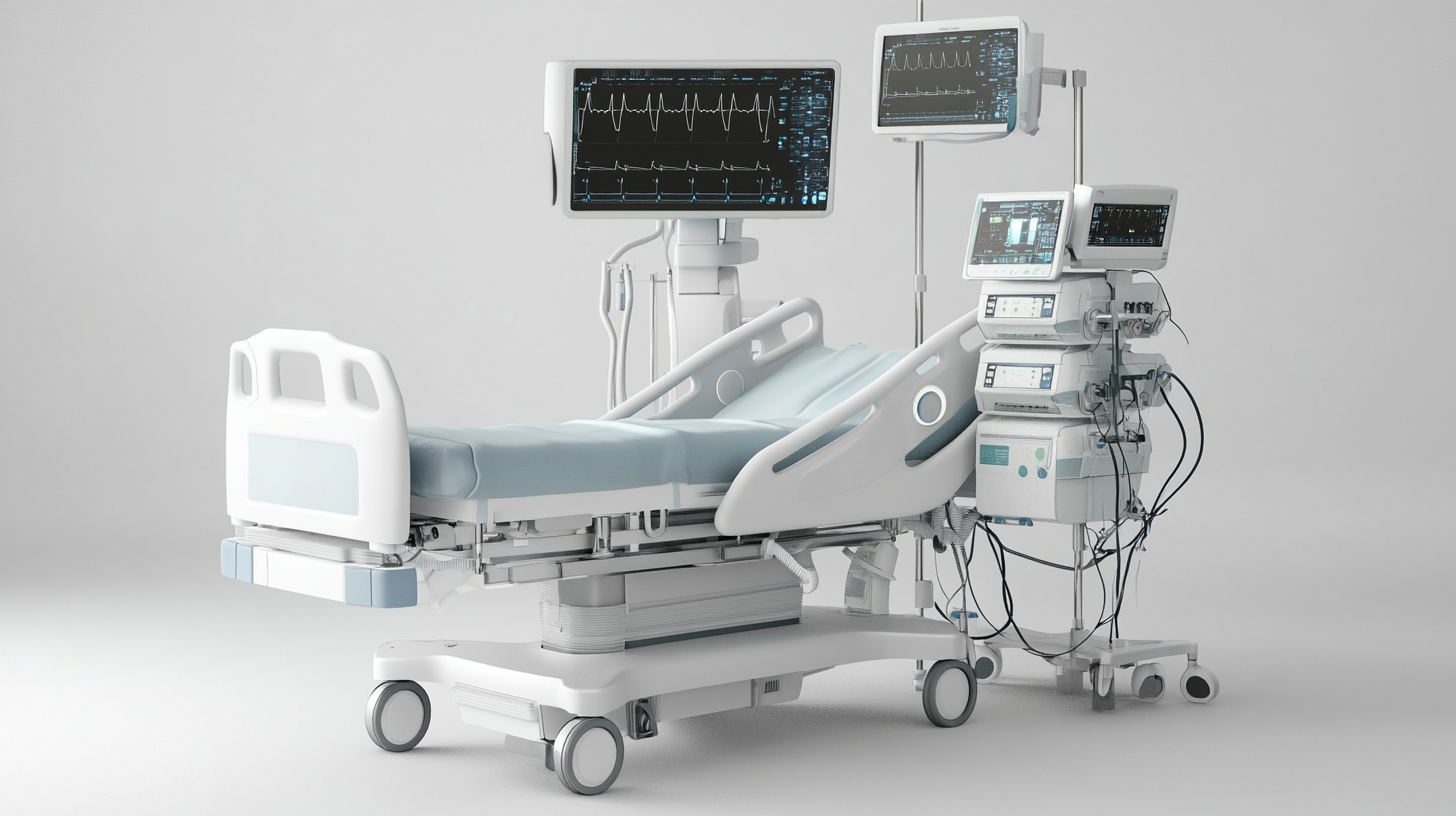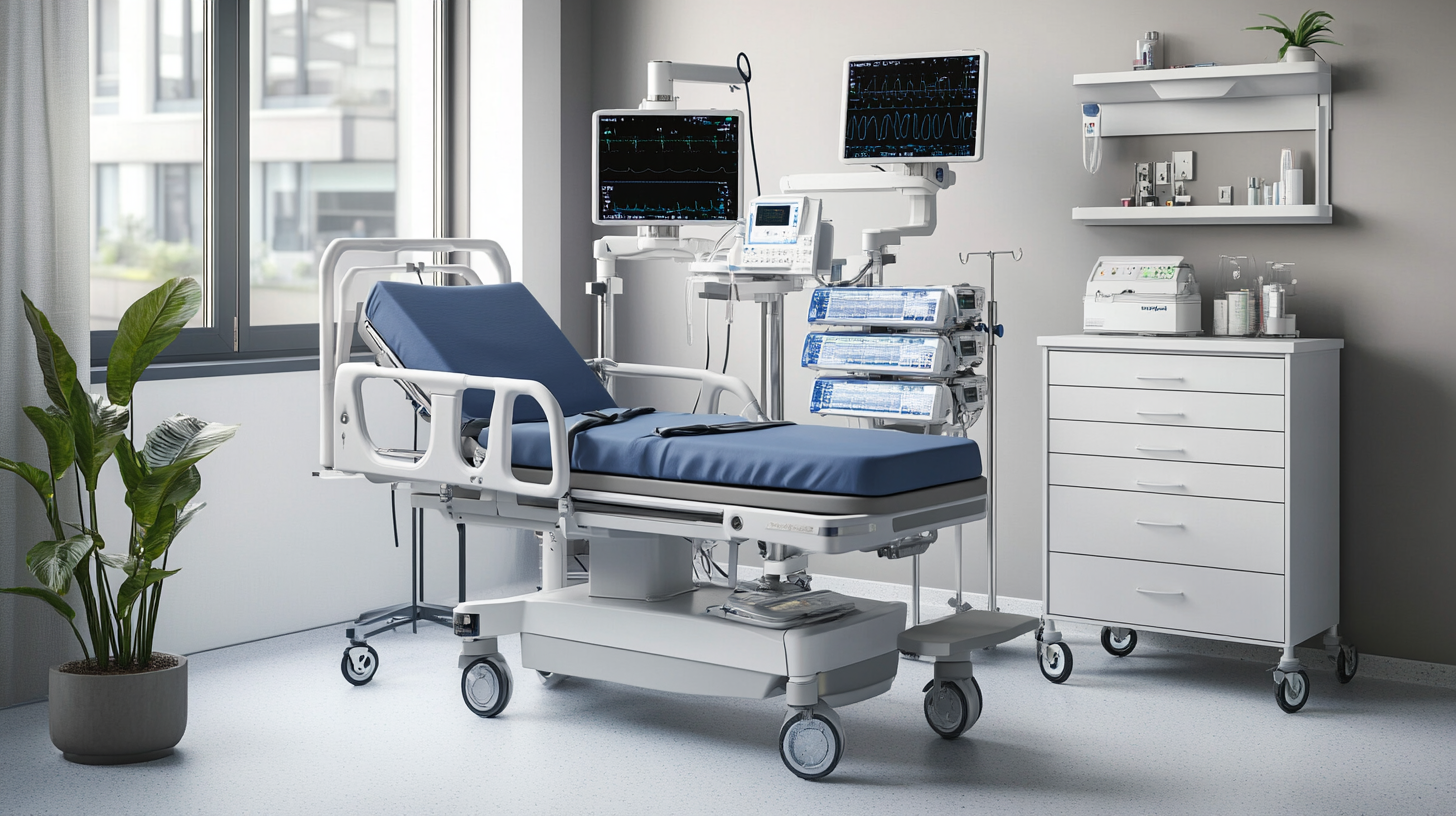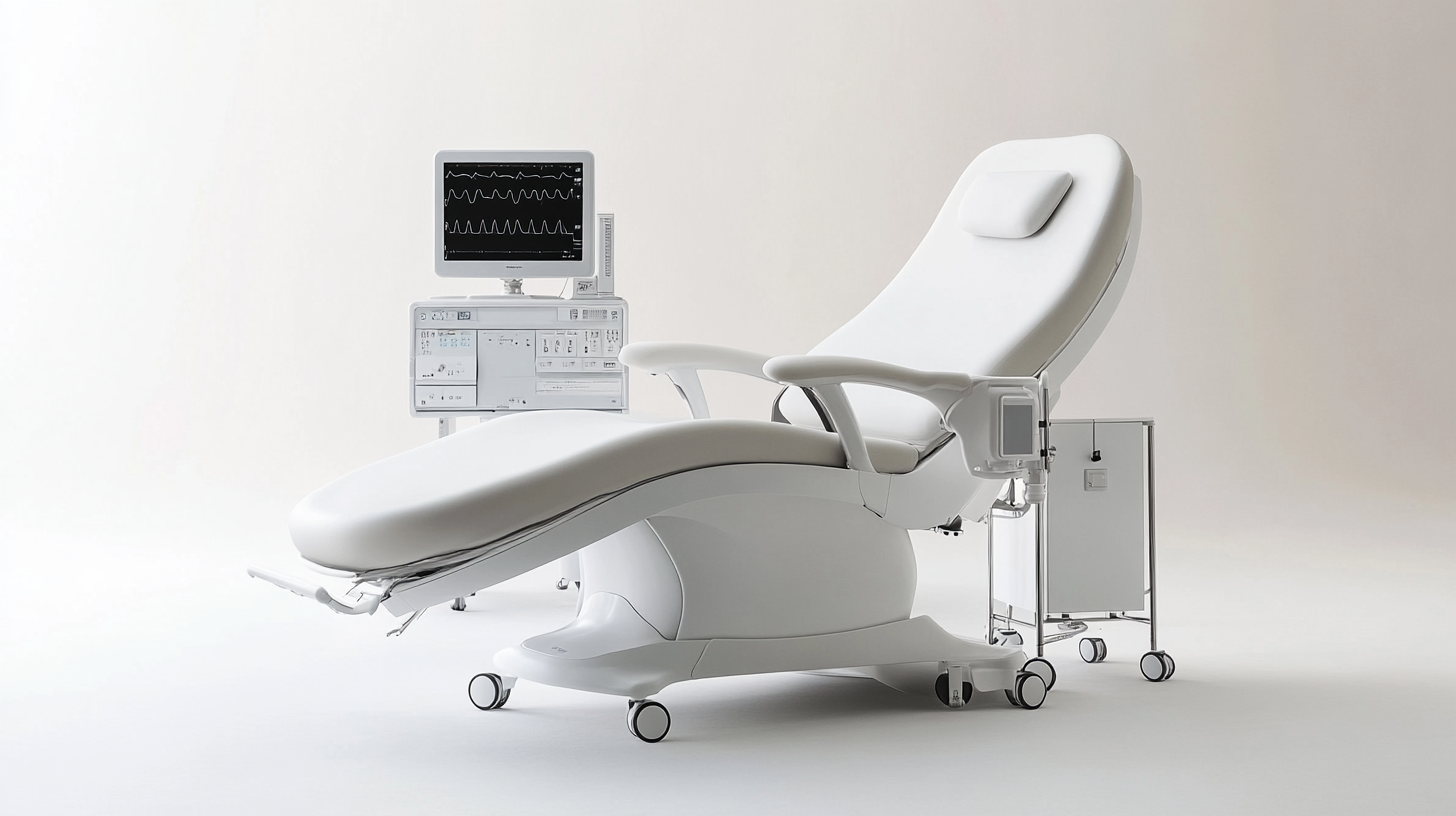Ultimate Resource for Global Buyers in Medical Equipment Procurement
In the fast-evolving landscape of healthcare, the procurement of medical equipment plays a pivotal role in ensuring patient safety and enhancing treatment outcomes. According to a recent report by MarketsandMarkets, the global medical equipment market is projected to reach over $600 billion by 2024, growing at a CAGR of 5.4%. This growth is driven by technological advancements, an increasing aging population, and rising incidences of chronic diseases. For global buyers in the medical equipment sector, understanding the intricate procurement processes is essential to navigate the complexities of sourcing quality equipment that meets regulatory standards. As the demand for innovative medical solutions continues to surge, this blog serves as the ultimate resource for buyers, providing insights into procurement strategies, market trends, and best practices tailored to the dynamic world of medical equipment.

Key Considerations for Global Medical Equipment Procurement
When it comes to global medical equipment procurement, there are several key considerations that must be taken into account, especially in the context of rapidly changing geopolitical landscapes. Sourcing medical supplies is no longer limited to factors like cost, quality, and delivery; it now demands a strategic approach to build resilient supply chains that can withstand geopolitical tensions and unexpected global events. The COVID-19 pandemic exposed the vulnerabilities in our supply chains, highlighting the critical need for procurement strategies that prioritize not only efficiency but also robustness against disruptions.
Another crucial consideration is the regulatory landscape, where price regulation and global budgets are gaining traction as policymakers seek to curb healthcare expenditure while ensuring the availability of essential medical equipment. As countries grapple with fiscal constraints, procurement strategies must adapt to stay aligned with these shifting priorities, balancing the need for cost-effective solutions with the obligation to deliver high-quality patient care. Furthermore, initiatives like the WHO's MeDevIS platform are paving the way for improved access to medical technologies, emphasizing the importance of data-driven decisions in procurement processes.
Lastly, the ethical dimensions of procurement cannot be overlooked. Guidelines for medical device donations are increasingly important to ensure that recipients receive high-quality, functional equipment that meets their needs without compromising safety or effectiveness. Therefore, buyers must navigate a complex web of ethical considerations, regulatory requirements, and supply chain resilience when procuring medical equipment on a global scale.
Global Medical Equipment Procurement: Key Considerations
Navigating Regulatory Compliance in International Sourcing
Navigating the complexities of regulatory compliance is a critical aspect for global buyers in the medical equipment procurement sector. Each country has its own set of regulations governing the approval, distribution, and use of medical devices. Understanding these regulations is essential to ensure that products meet safety and effectiveness standards. For example, while the FDA in the United States focuses on rigorous testing and approval processes, the European Union operates under the Medical Device Regulation (MDR), which has its own requirements for market access. Ignoring these differences can lead to significant legal repercussions and financial loss.
Moreover, staying up-to-date with these regulations often requires extensive research and a keen understanding of the ever-changing landscape of international laws. Buyers must not only comply with the initial import regulations but also be aware of post-market surveillance requirements, labeling rules, and necessary certifications. Collaborating with local experts or regulatory consultants can facilitate smoother entry into foreign markets, ensuring that medical equipment is compliant from the start. By prioritizing regulatory compliance in their sourcing strategies, global buyers can mitigate risks and enhance their credibility as reliable partners in the healthcare sector.
Evaluating Supplier Reliability and Quality Standards
In the competitive landscape of medical equipment procurement, evaluating supplier reliability and quality standards has become paramount. Buyers must assess suppliers not only on their product offerings but also on their ability to meet stringent quality benchmarks and uphold reliability throughout the supply chain. This evaluation process often includes scrutinizing the supplier's past performance, certification credentials, and adherence to recognized quality standards such as ISO or TQM (Total Quality Management).
A significant trend in supplier selection is the emphasis on local sourcing. By partnering with suppliers located in close geographic proximity, buyers can mitigate risks associated with long supply chains, such as delays and increased costs. Local suppliers are often more accessible for audits and quality checks, ensuring that products meet required standards more efficiently. Moreover, this approach promotes a stronger collaboration and responsiveness, fostering a strategic partnership that is beneficial for both parties. As the demand for high-quality medical equipment escalates, the focus on evaluating supplier reliability through local sourcing strategies will undoubtedly support global buyers in making informed procurement decisions.

Strategies for Cost-Effective Medical Equipment Acquisition
In the competitive landscape of healthcare procurement, cost-effective strategies for medical equipment acquisition are paramount. According to the 2022 Global Medical Device Market report, the medical equipment market is projected to reach approximately $612 billion by 2025, with a compound annual growth rate (CAGR) of 5.4%. This growth presents both opportunities and challenges for global buyers aiming to optimize their procurement processes while managing expenses.
One effective strategy in this realm is leveraging group purchasing organizations (GPOs). By combining purchasing power, hospitals and clinics can secure significant discounts on bulk purchases of medical equipment. A report by the Healthcare Supply Chain Association indicates that GPOs can save healthcare providers between 10% to 15% on their procurement costs, offering a tangible financial benefit while enhancing access to quality products.
Additionally, exploring refurbished equipment can provide substantial savings without sacrificing quality. The market for refurbished medical devices is growing, fueled by a 2019 study from MarketsandMarkets, which projected a CAGR of 10.5% in this sector. Buyers can acquire high-quality equipment at a fraction of the cost of new devices, making refurbished options an attractive avenue for cost-effective procurement. By implementing these strategies, global buyers can enhance their procurement efficiency and drive down costs in an increasingly challenging market.

Utilizing Technology to Streamline Procurement Processes
In today’s fast-paced healthcare environment, the procurement of medical equipment has become increasingly complex, driving the need for technology-driven solutions. According to a recent report by MarketsandMarkets, the global medical equipment procurement market is projected to reach USD 6.8 billion by 2025, growing at a CAGR of 7.1%. This growth underlines the necessity for global buyers to leverage advanced technologies that can simplify and enhance procurement processes.
Utilizing digital platforms, such as cloud-based systems and AI-driven analytics, can significantly streamline medical equipment procurement. A study by the Healthcare Supply Chain Association highlights that organizations using such technologies have experienced a 20% reduction in procurement costs and a 30% decrease in order fulfillment times. By automating repetitive tasks, healthcare providers can focus on strategic decision-making and improve supplier relationships. Furthermore, the integration of advanced data analytics allows buyers to gain insights into market trends and pricing, ensuring more informed purchasing decisions.
As medical equipment procurement continues to evolve, embracing technology not only enhances efficiency but also ensures compliance with regulatory standards. According to Deloitte, 45% of healthcare organizations are already investing in digital transformation initiatives in procurement. By harnessing these technologies, global buyers can stay ahead in an increasingly competitive market, ensuring they have access to the best medical equipment while optimizing their operational processes.
